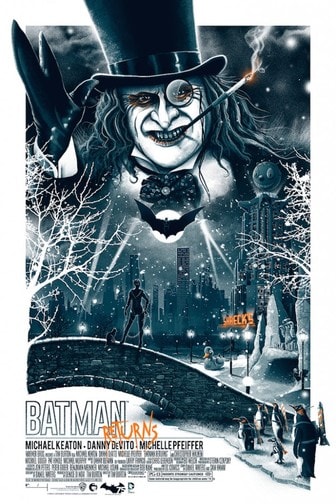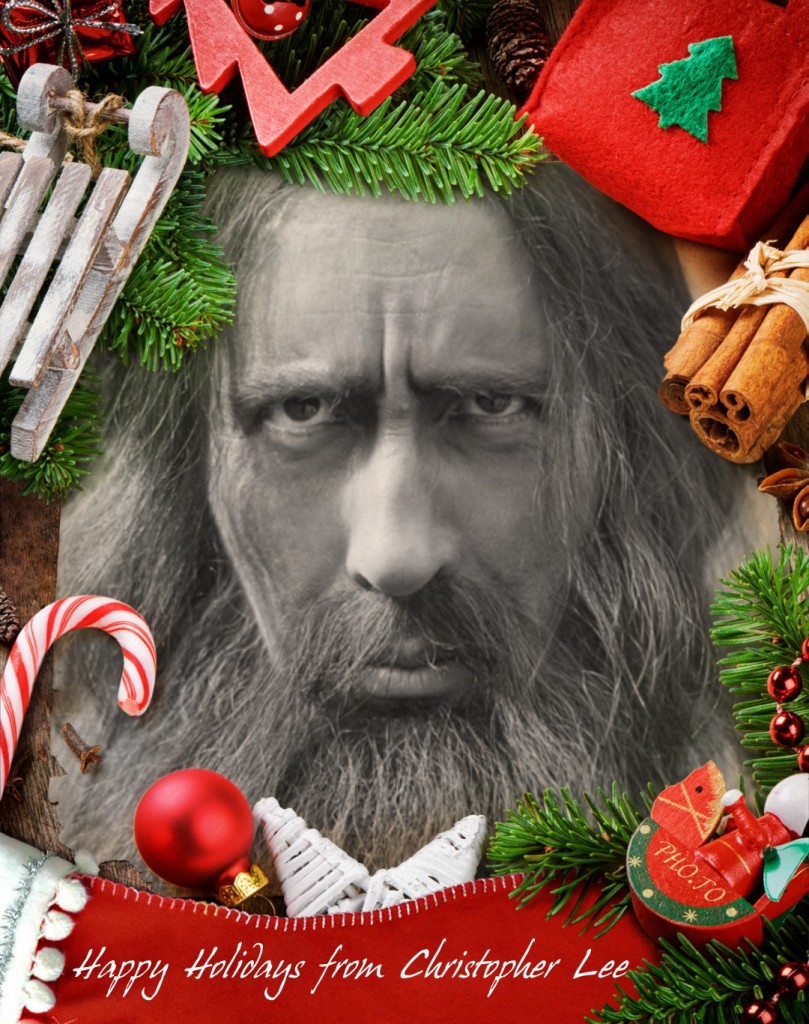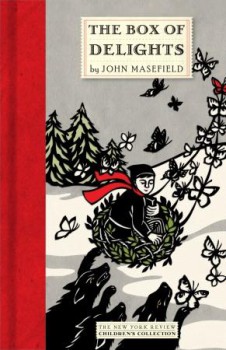Batman Returns Is My Favorite Christmas Movie and That’s Not a Joke
 Mistletoe can be deadly if you eat it…
Mistletoe can be deadly if you eat it…
Why do we fall in love with a specific work of art that to others is either an object of mere curiosity or full derision? How does a bizarre novelty gizmo leap out of the pile of toys and become beloved? It boils down to a simple, elegant question: Why does this speak to you?
I’m glad to hear a spirited defense of a book or film that’s never meant much to me but means the universe to another. Sure, you love Jaws, because everybody loves Jaws. I want to hear about your non-ironic embrace of Exorcist II: The Heretic. Lay it on me. I’ll learn something.
The weird wind-up toy I present to you this Winter Solstice Season: Batman Returns, the second of the Tim Burton-Joel Schumacher Batman Quartet — and my personal favorite Christmas movie. This might not be a stunner of a revelation considering my holiday movie pick last year was Rasputin the Mad Monk. I was stretching to find a Hammer movie with something akin to seasonal dressing. So… it’s Russia, it’s winter, there’s lots of red wine. Fine, call it a Hammer Christmas movie.
There’s no stretching necessary with Batman Returns. To me, it’s a Christmas movie. No irony or smirk. It was released during the summer of 1992, but now it’s difficult to envision it outside of winter (and I was there in the theater that summer). Imagine the busy New York mall from Miracle on 34th Street,* except it’s run by Ebenezer Scrooge, and he’s in league with an aquatic bird version of Uriah Heep dwelling in the sewer. Now picture Charles Dickens, Edward Gorey, and F. W. Murnau getting into a three-way knife fight over the corpse of Clement Moore, and Fritz Lang filmed the whole thing and put it in theaters for a holiday release. Think of a Christmas tree decorated with all the holiday trimmings, but leathery bats and black cats peer from between the needles. That’s Batman Returns and my idea of a festive December.

